WINCHESTER PARKER REPRODUCTION
PRODUCT INFORMATION & SPECS
The Winchester Parker Reproduction shotguns are esteemed recreations of the classic Parker Brothers side-by-side shotguns, blending historical elegance with modern craftsmanship. Manufactured in the 1980s, these firearms have garnered appreciation from collectors and shooting enthusiasts alike. This comprehensive overview delves into their history, design, specifications, operation, and legacy.
History and Background
Parker Brothers, established in 1867 in Meriden, Connecticut, became renowned for producing high-quality side-by-side shotguns. Their firearms were celebrated for exceptional craftsmanship and performance, solidifying Parker’s reputation in the American sporting community. Production continued until 1942, when operations ceased during World War II.
In the early 1980s, recognizing the enduring legacy of Parker shotguns, Reagent Chemical & Research, Inc. initiated a project to reproduce these iconic firearms. They collaborated with Winchester, contracting them to oversee production. Manufacturing took place in Japan by Olin-Kodensha, adhering closely to original Parker specifications. The reproductions were so precise that many parts were interchangeable with the original Remington-era Parkers.
Design and Craftsmanship
The Winchester Parker Reproductions were crafted to mirror the aesthetics and functionality of the original Parker shotguns. Key design elements included:
-
Action and Engraving: The reproductions featured case-hardened receivers with intricate engraving patterns reminiscent of the original Parker designs. The DHE grade, for instance, showcased elaborate scrollwork and game scenes.
-
Barrel Construction: Barrels were constructed from modern steel, offering improved durability while maintaining the classic appearance. They were available in various lengths and chokes to suit different shooting preferences.
-
Stock and Forend: Stocks were made from high-quality walnut, often exhibiting exceptional grain patterns. Shooters could choose between English straight grips or pistol grips, and the forends were typically of the splinter design.
-
Triggers and Ejectors: Options included single selective triggers or traditional double triggers, with automatic ejectors standard on most models.
Models and Specifications
The Winchester Parker Reproduction lineup included several models, each with distinct features:

DHE Grade
The DHE Grade was the most prevalent model, initially offered in 20 and 28 gauges. Specifications included:
-
Barrel Lengths: 26 or 28 inches
-
Chamber Length: 2¾ inches
-
Chokes: Typically Improved Cylinder and Modified
-
Stock Options: English straight grip or pistol grip
-
Triggers: Single selective or double triggers
-
Ejectors: Automatic
Production numbers for the DHE Grade were approximately:
-
28 Gauge: 3,500 units
-
20 Gauge: 5,800 units
-
12 Gauge: 1,800 units
BHE Grade
A step above the DHE, the BHE Grade featured more intricate engraving and higher-quality wood. Production figures were limited:
-
28 Gauge: 7 units
-
20 Gauge: 100 units
-
12 Gauge: 100 units
A-1 Special
The pinnacle of the reproduction series, the A-1 Special showcased exceptional craftsmanship with elaborate engraving and premium materials. A total of 150 units were produced with standard engraving, and an additional 300 featured custom engraving.
Operation of the Winchester Parker Reproduction
Understanding the operation of the Winchester Parker Reproduction involves examining its loading, firing, and unloading processes, as well as the mechanics of its action.
Loading
-
Opening the Action: To load the shotgun, the user presses the top lever to the right, releasing the action and allowing the barrels to pivot downward on the hinge pin.
-
Inserting Cartridges: With the action open, the user inserts appropriate shotgun shells into the chambers, ensuring they are seated fully.
-
Closing the Action: The barrels are then pivoted upward until the action locks securely, indicated by an audible click.
Firing
-
Safety Mechanism: Before firing, the user disengages the safety, typically located on the tang behind the top lever.
-
Trigger Operation: Depending on the trigger configuration:
-
Double Triggers: The front trigger fires the right barrel, and the rear trigger fires the left barrel.
-
Single Selective Trigger: The user selects which barrel fires first using a selector, often integrated with the safety.
-
-
Firing Sequence: Upon pulling the trigger, the corresponding hammer strikes the firing pin, discharging the shell.
Ejection and Reloading
-
Opening the Action Post-Firing: After firing, the user presses the top lever to open the action.
-
Ejecting Spent Shells: The automatic ejectors expel the spent shells from the chambers, facilitating quick reloading.
-
Reloading: Fresh shells can then be inserted, and the action closed to continue shooting.


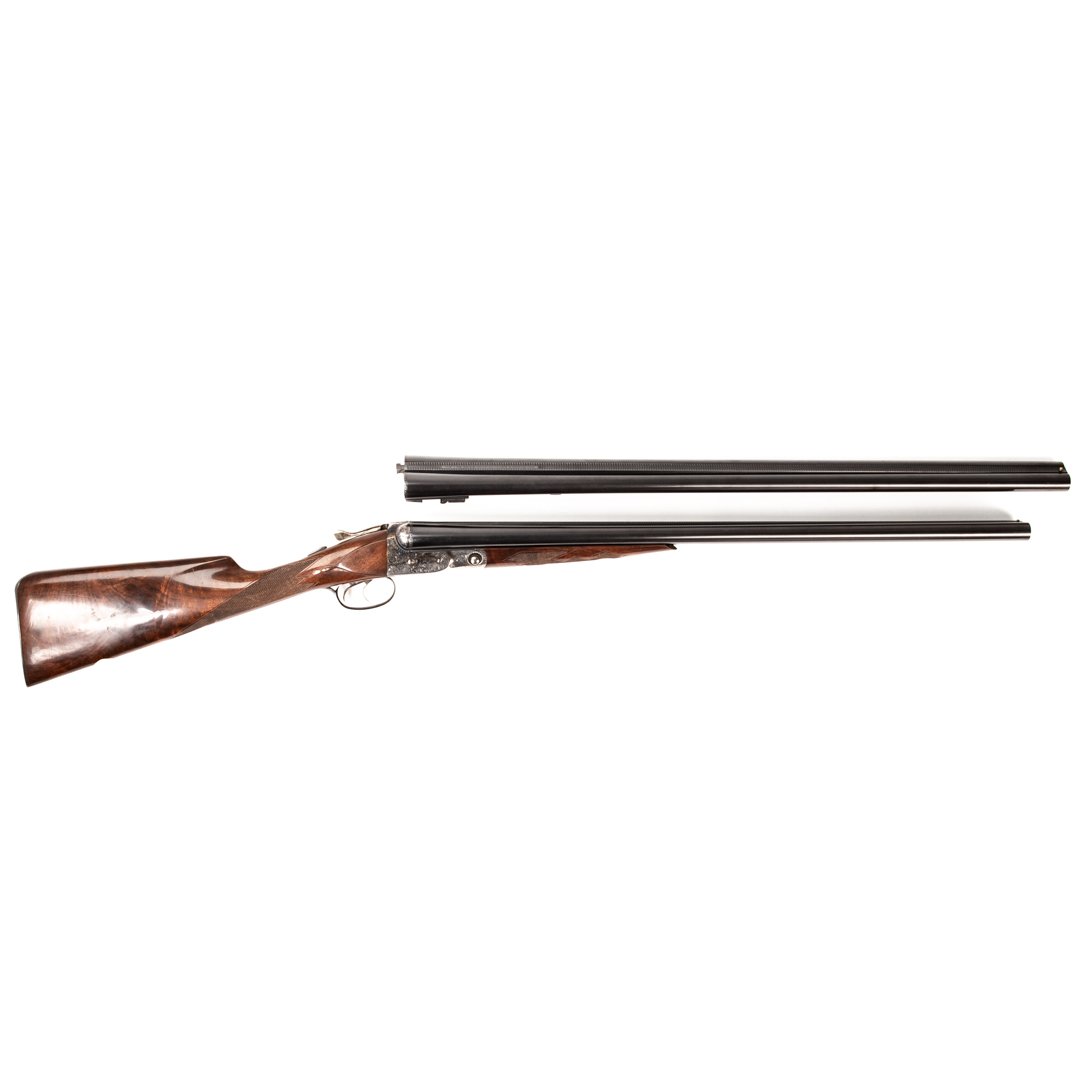
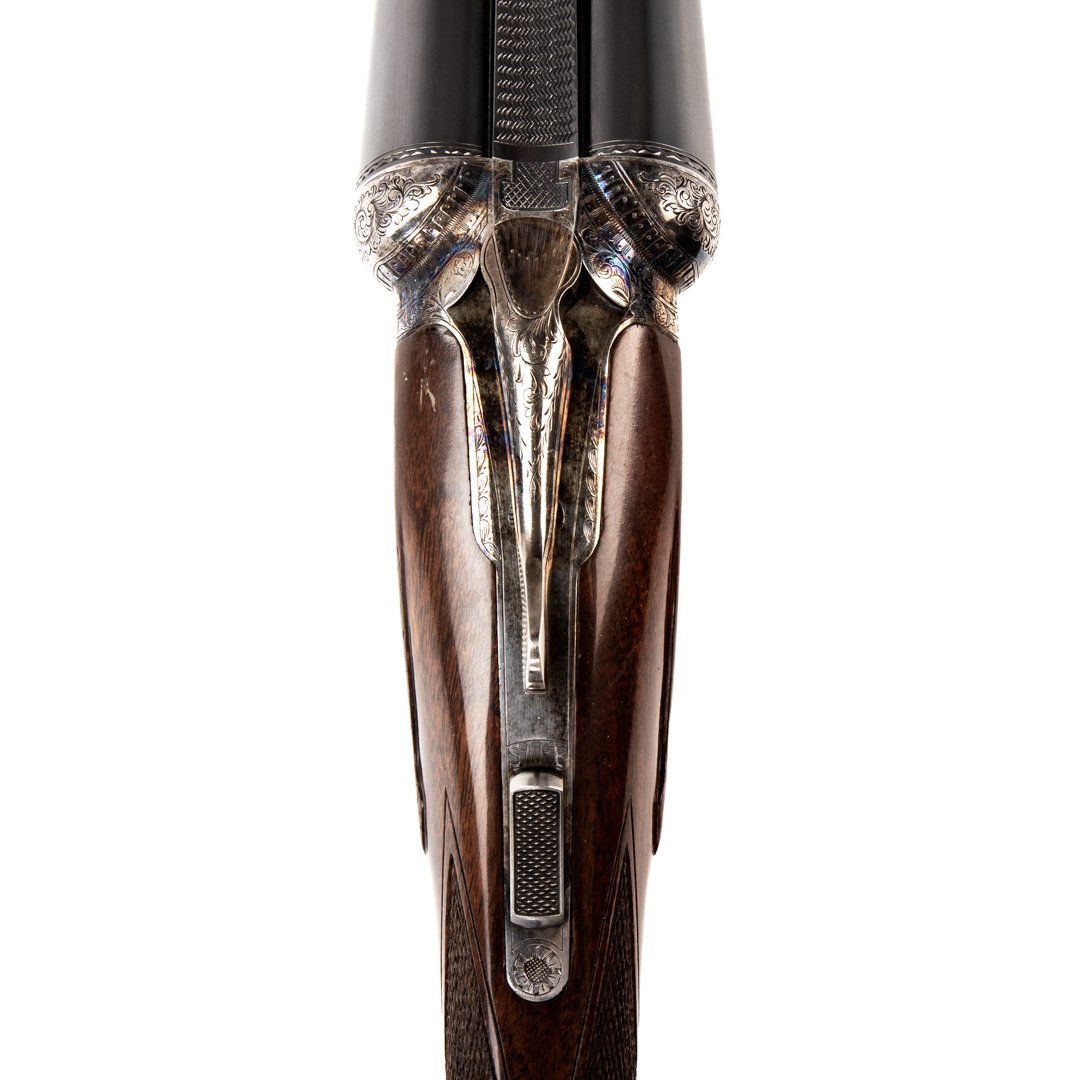
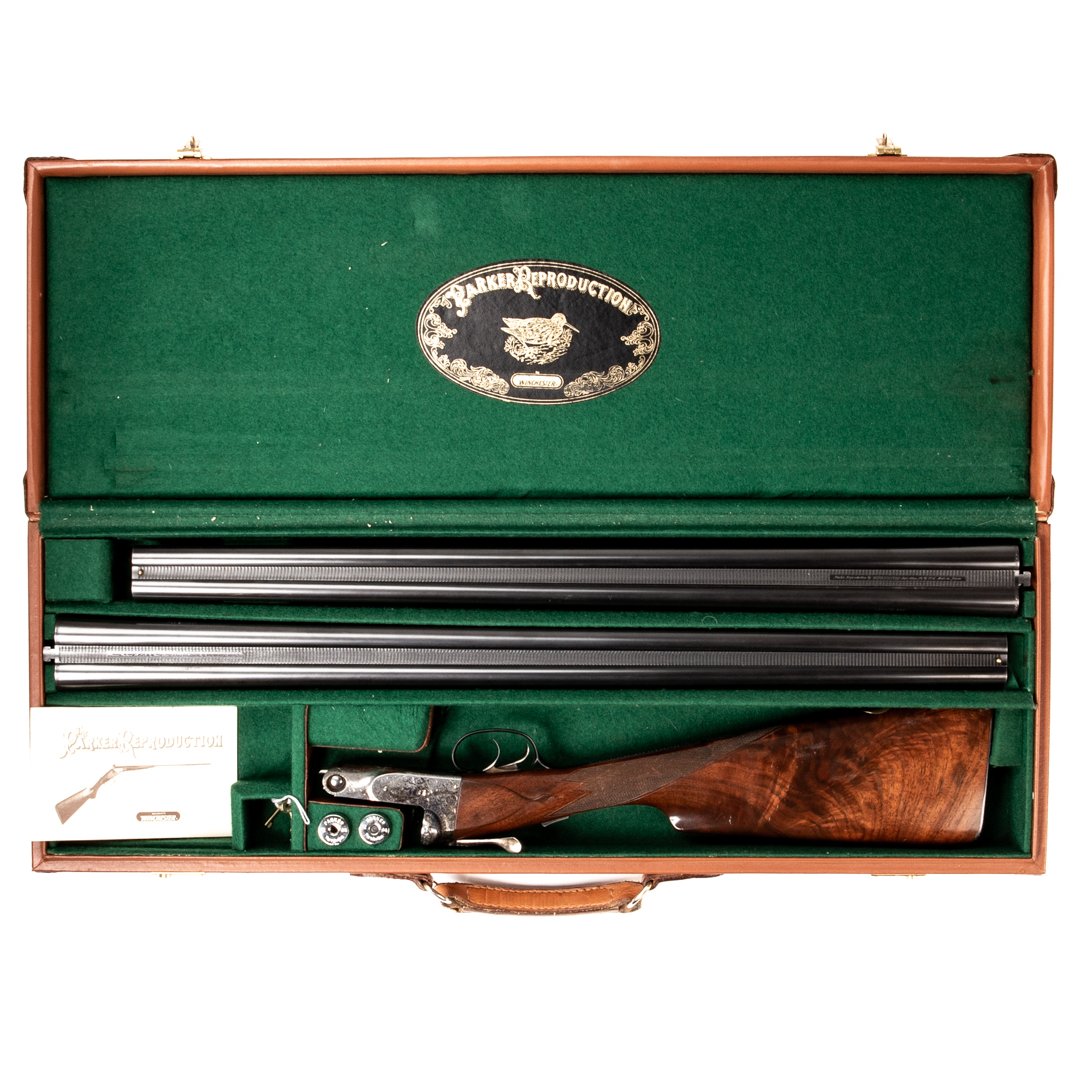
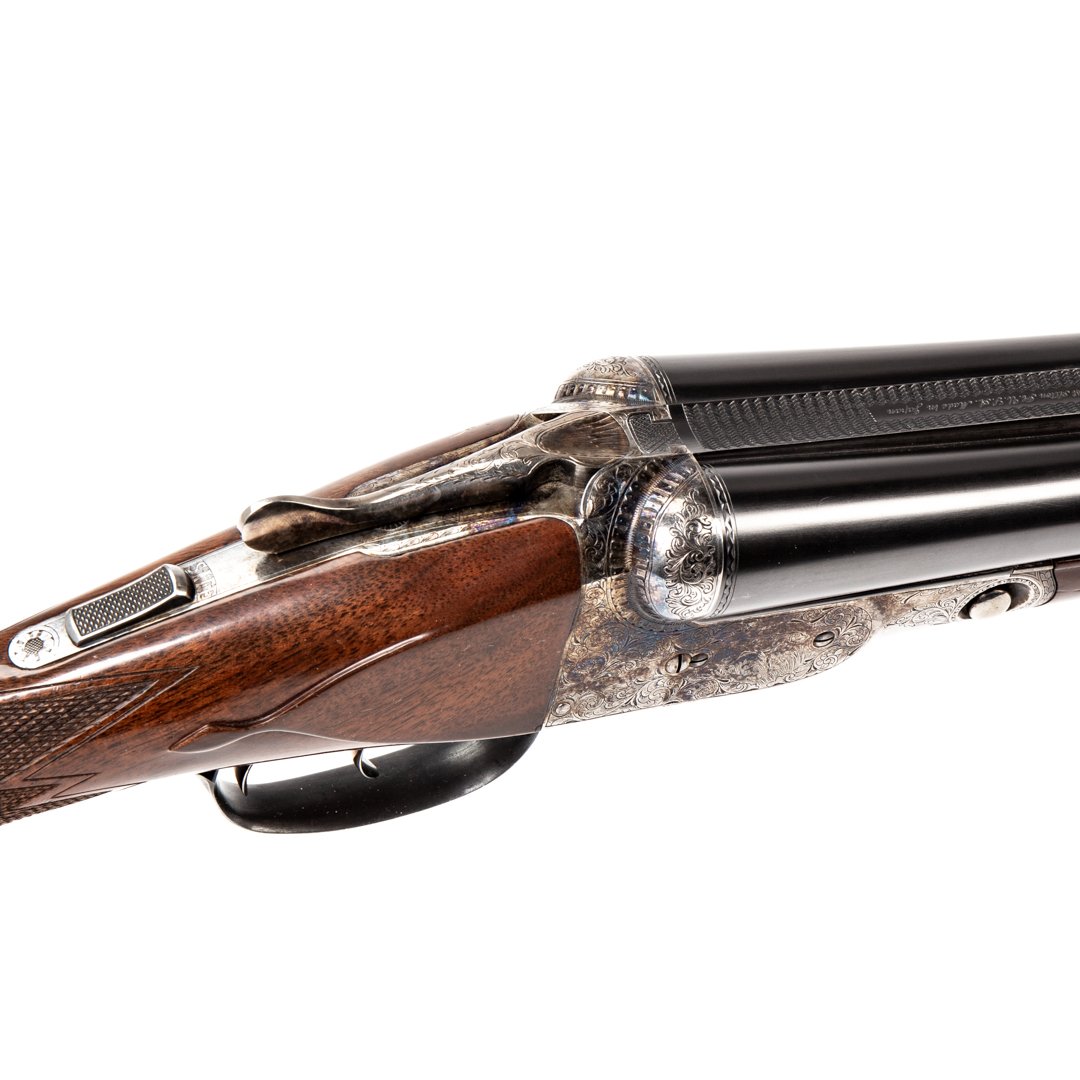





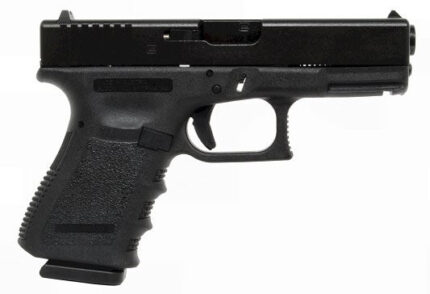
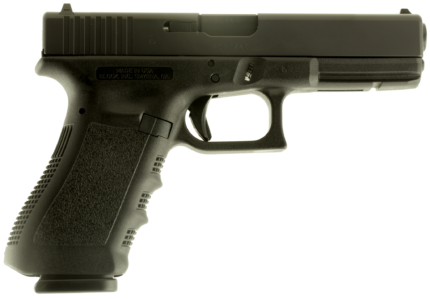
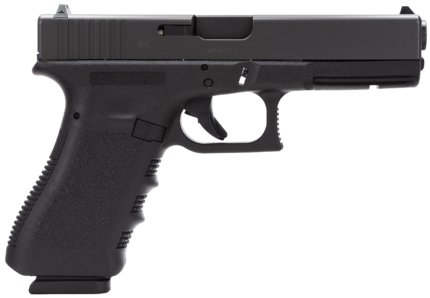
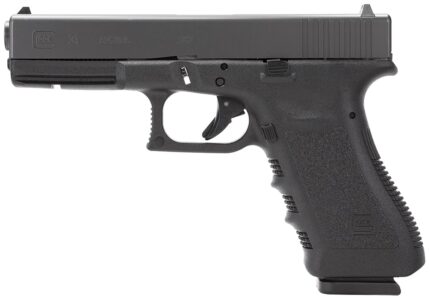

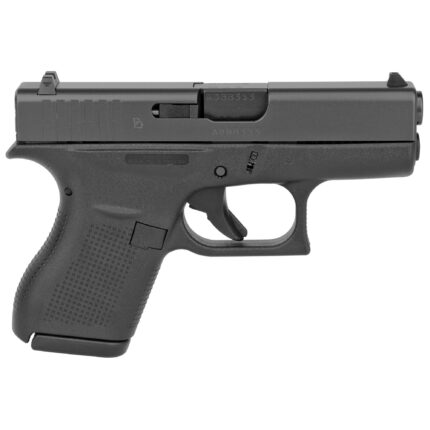
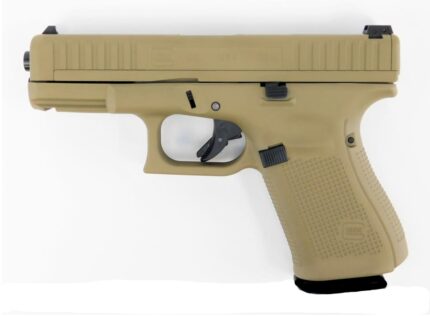
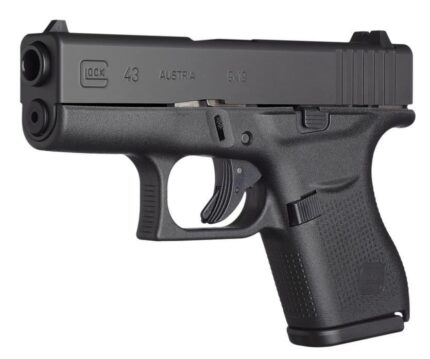
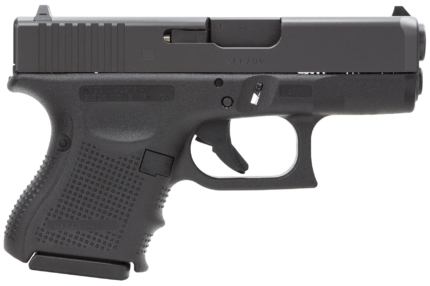
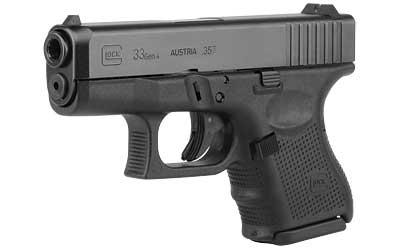
Emil Cadinez –
Casing, Finish …..classic
Quin –
Polite Customer service
They know what they’re doing
Deloras Monroe –
Availabily is quite difficult in the East,IR
Was really glad to get it
Tatsu –
Difficult shipping but money does a whole lot